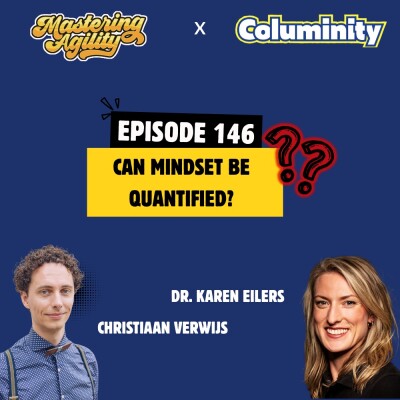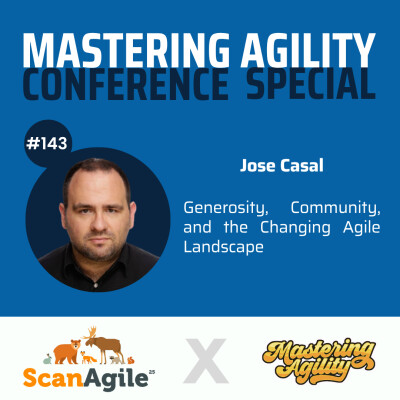Description
summary
The conversation explores the challenges and misconceptions surrounding agile methodologies, particularly Scrum, and the need for a common understanding and language in the industry. The guests discuss the fatigue and disillusionment with agile and the constant influx of new buzzwords. They emphasize the importance of focusing on core principles and delivering value, regardless of the specific framework or terminology used. The conversation also touches on the lack of competence and understanding among practitioners, highlighting the need for accreditation and a governing body to ensure quality and consistency.
The conversation in this part revolves around the agile operating model and the need for certification. The hosts discuss the challenges of finding the right level of expertise and affordability in hiring co-hosts. They also touch upon the issue of online debates about using the wrong terminology. The conversation then transitions to the topic of the agile operating model and the potential for it to become the next big thing. They discuss the need for a certification process and the requirements for someone to be truly certified.
The conversation concludes with a discussion on the product operating model and the potential impact on organizations and the audience. The conversation explores the convergence of product and agile operating models, the challenges of scaling innovation, the importance of clear constraints and empowerment, and the need for a learning culture. It emphasizes the need to focus on core principles rather than structures, embrace failure as part of the learning process, and create a culture of trust and connectedness.
takeaways
The industry is experiencing fatigue and disillusionment with agile methodologies, particularly Scrum, due to the constant influx of new buzzwords and the overuse of terminology.
It is essential to focus on core principles and delivering value, rather than getting caught up in specific frameworks or terminology.
There is a lack of competence and understanding among practitioners, with many individuals claiming to be Scrum Masters or agile coaches without a basic knowledge of Scrum.
Accreditation and a governing body could help raise the bar and ensure quality and consistency in the industry.
A common understanding is crucial for effective collaboration and alignment within organizations.
Education and continuous learning are important for professionals in the field.
Clear constraints and empowerment are essential for creating a learning culture.
Leadership plays a critical role in defining purpose, setting constraints, and creating a culture of trust and connectedness.
Both hierarchy and networked communication are necessary in organizations to balance autonomy and alignment.
Check out our sponsor:
www.xebia.com
Hosted on Ausha. See ausha.co/privacy-policy for more information.





